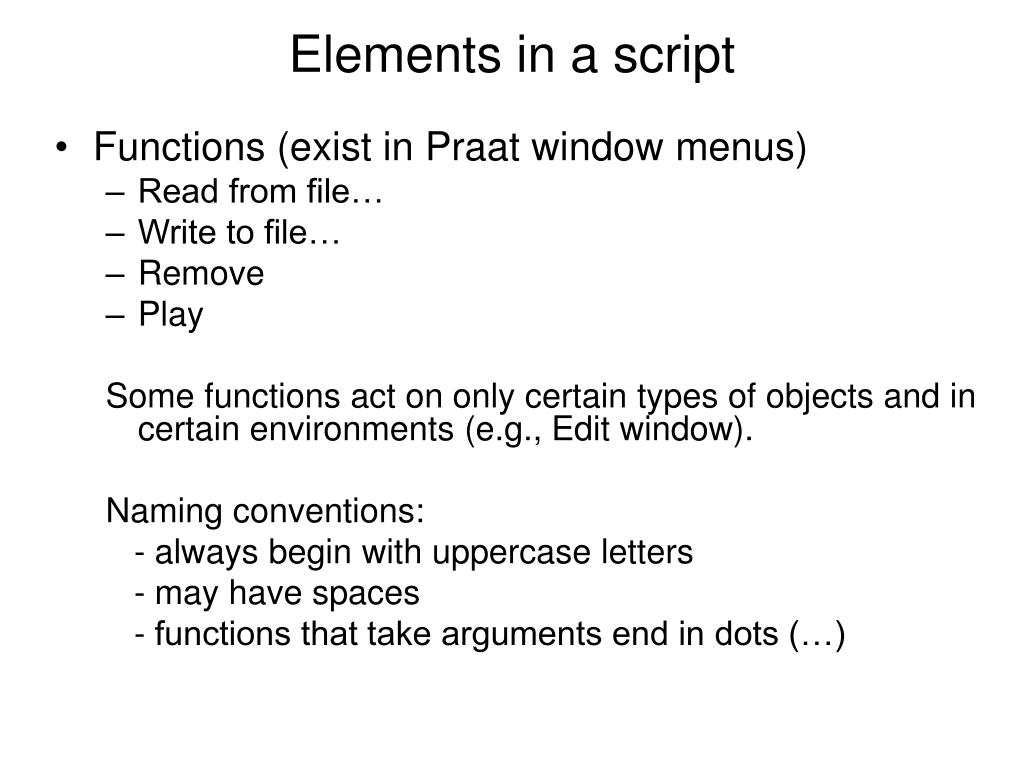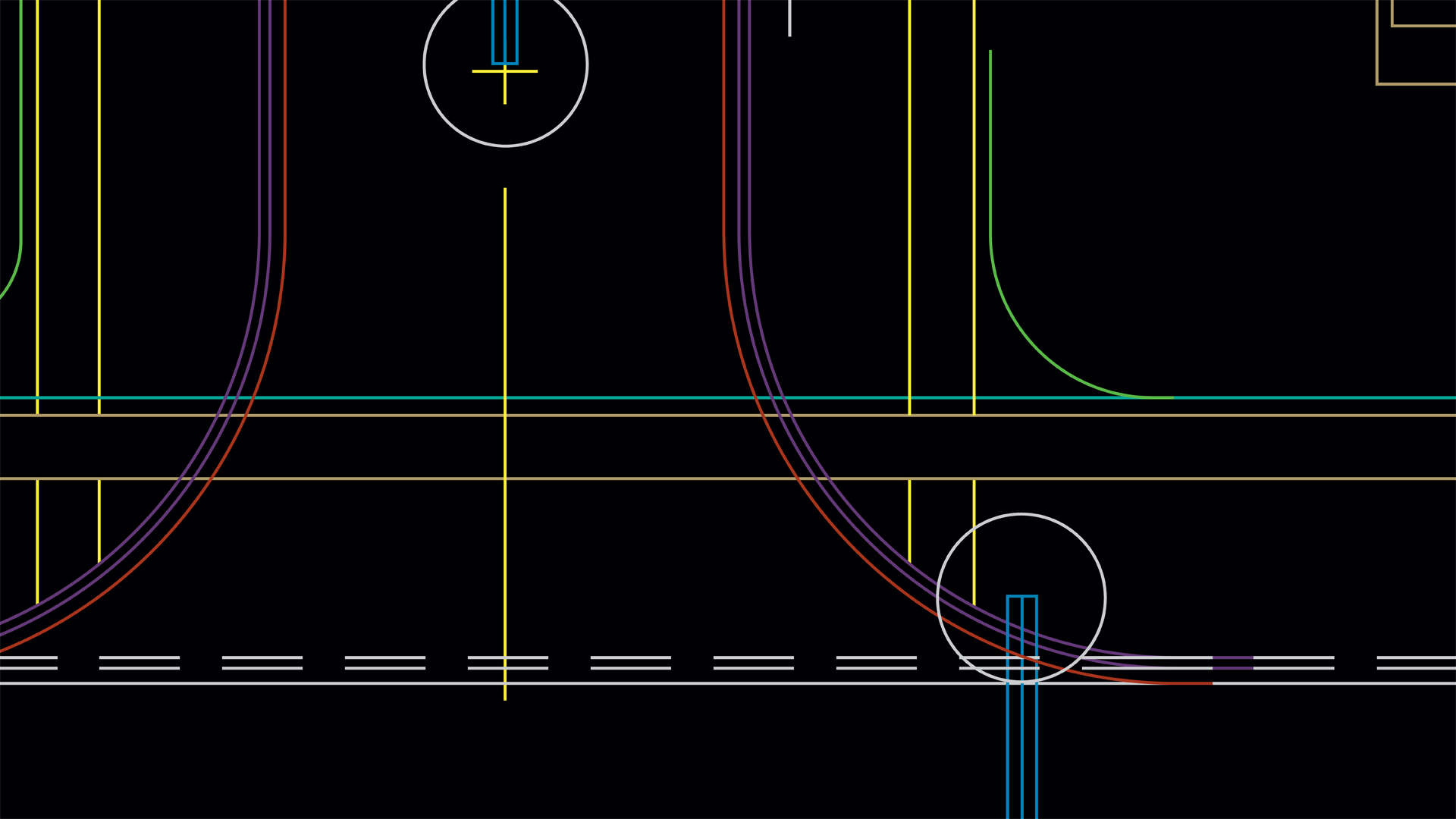
- #ANNOTATE THE SYLLABLES BOUNDARY SCRIPT PRAAT HOW TO#
- #ANNOTATE THE SYLLABLES BOUNDARY SCRIPT PRAAT SERIES#
- #ANNOTATE THE SYLLABLES BOUNDARY SCRIPT PRAAT FREE#
The first thing we did in the workshop was record audio with Praat so students could work hands-on with their own speech during the workshop. Although I had examples of other types of audio it might be useful to annotate (such as bird song), having audio examples of non-speech would have helped to better exemplify the versatility of audio annotation. That said, the design of my workshop was speech-based the audio that we worked with was all speech audio.
#ANNOTATE THE SYLLABLES BOUNDARY SCRIPT PRAAT FREE#
Praat is free and extremely well maintained, and is a wonderful tool for both speech analysis and annotation.Īs my research is in speech, and as Praat is a standard tool in my work, I was excited to show students from other disciplines that it can be a resource for any audio annotation work. It also has a well-known annotation system, using layered TextGrid tiers to allow for close annotation of as many different things in an audio file that you might want to annotate. Praat is a tool for doing phonetics and other kinds of speech analysis. What follows is a discussion of what my workshop “Audio Annotation with Praat and Python” contained, as well as my reflections about how I will change this workshop to make it even better and more accessible in the future. While the workshop went well, and my nerves were assuaged, there are aspects of the workshop I would like to change, and things I’d like to add, before the next time I run this workshop. Planning it has been exciting, but whenever it’s the first time I’m running any new class or workshop, I am always nervous about the usual thing: whether the scope of the material is correct for my students and whether this lesson will be accessible to my students, will my students respond to the way I will present the material, etc. Although I’ve wanted to run a workshop like this for a long time, this is the first time I’ve had the opportunity to put together this workshop.
#ANNOTATE THE SYLLABLES BOUNDARY SCRIPT PRAAT SERIES#

Controlling the user ( pause, beginPause/ endPause, chooseReadFile$) Calling system commands ( runSystem, environment$, stopwatch) Files ( fileReadable, readFile, writeFile, deleteFile, createFolder) Writing to the Info window ( writeInfoLine, appendInfoLine, appendInfo, tab$) Arguments to the script ( form/ endform, runScript) Communication outside the script Scripting 6.1. Loops ( for/ endfor, while/ endwhile, repeat/ until) Language elements reference Scripting 5.1. Layout (white space, comments, continuation lines) Hello world ( writeInfoLine, appendInfoLine)

#ANNOTATE THE SYLLABLES BOUNDARY SCRIPT PRAAT HOW TO#
How to script settings windows (numeric, boolean, multiple-choice, text, file) Your first scripts (how to create, how to run, how to save) You can read this tutorial sequentially with the help of the “ ” buttons.

If you run the script (perhaps from a ScriptEditor), the commands are executed as if you clicked on them.

It assumes you are familiar with the Intro.Ī script is a text that consists of menu commands and action commands. This is one of the tutorials of the Praat program.


 0 kommentar(er)
0 kommentar(er)
